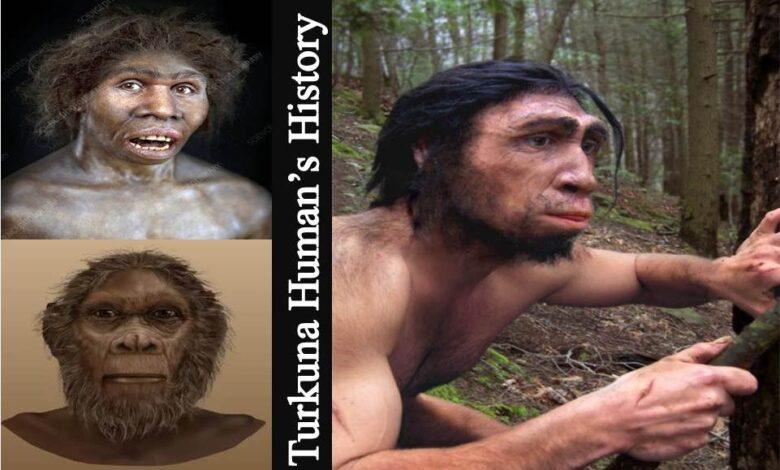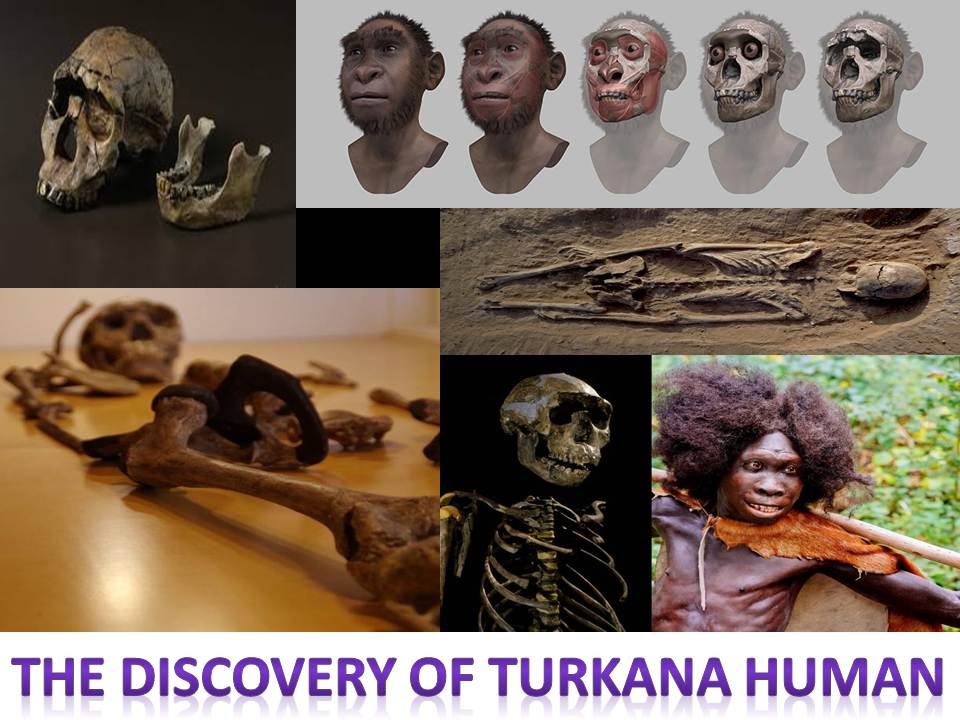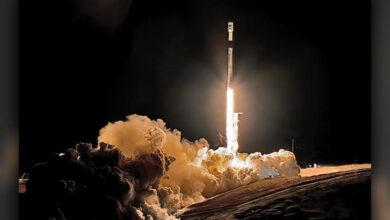Tracing the Journey of Turkana Human

Introduction
Human history is a tapestry woven with the threads of ancient civilizations and enigmatic ancestors. One such fascinating chapter is the journey of Turkana Humans, a discovery that has captivated the world of archaeology and anthropology. In this article, we embark on a thrilling expedition through time, tracing the footsteps of Turkana Humans and exploring how this remarkable find sheds light on the story of human civilization.
A Glimpse into Our Distant Past
The Discovery of Turkana Human
The story of Turkana Humans began in the vast Turkana Basin in East Africa. Archaeologists stumbled upon a significant site in Kenya’s hot, arid desert that held the key to unraveling a mystery that had remained buried for millions of years.
Unearthing the Fossilized Clues
The excavation unearthed a wealth of fossilized remains, each fragment piecing together the puzzle of Turkana Human’s existence. With meticulous care, scientists reconstructed the fossils, revealing an astonishing revelation of the oldest known member of the Homo genus.
A Missing Link in Human Evolution
Turkana Human, scientifically known as Homo rudolfensis, provided a vital missing link in our understanding of human evolution. This ancient ancestor dates back over 2 million years and presents intriguing insights into the transition from early hominins to modern humans.
Decoding the Turkana Human Fossils
Homo rudolfensis boasted distinct features, including a larger braincase, flatter face, and larger teeth compared to its contemporaries. These characteristics shed light on its lifestyle, capabilities, and perhaps even social structure.
Turkana Human’s Place in Early Human History
As Homo rudolfensis walked the ancient lands of East Africa, it coexisted with other hominin species, such as Homo habilis and Homo erectus. The interactions between these early human relatives hold vital clues about their relationships, migrations, and the challenges they faced in a changing world.
A Window into Ancient Environments
The Turkana Basin, where these ancient remains were found, was once a lush landscape dotted with lakes and abundant vegetation. The study of the Turkana Human habitat helps us comprehend the challenges and adaptations early humans encountered in their environment.
The Legacy of Turkana Human
Beyond the scientific significance, Turkana Human has also kindled curiosity and inspired new generations of researchers. Its discovery showcases the immense potential of paleoanthropology in uncovering the depths of our past.
Tracing the Footsteps of Turkana Humans to Civilization
The Human Journey from Africa
The story of Turkana Human extends beyond its ancient roots. It is an essential piece in the puzzle of human migration, hinting at our ancestors’ dispersion from Africa to other parts of the world.
Turkana Human and the Out-of-Africa Theory
With Turkana Human’s presence in East Africa over 2 million years ago, it aligns with the “Out-of-Africa” theory, suggesting that early humans originated from Africa and gradually migrated to colonize other continents.
Turkana Human’s Contribution to Our DNA
Every individual today carries within them the genetic legacy of these early ancestors. Turkana Human’s genetic imprint remains embedded in the DNA of modern humans, connecting us to a shared heritage.
The Endless Quest for Knowledge
The discovery of Turkana Human exemplifies how science is a relentless journey of discovery. As our understanding of our origins evolves, more questions arise, urging researchers to push the boundaries of human knowledge.
Conclusion
Turkana Human stands as a testament to the rich tapestry of human history and the unyielding spirit of exploration and understanding. It’s awe-inspiring how this discovery deepens our appreciation for the journey to modern civilization. As we continue to explore the annals of time, one thing remains certain the story of Turkana Human will forever leave an indelible mark on our collective human narrative.







